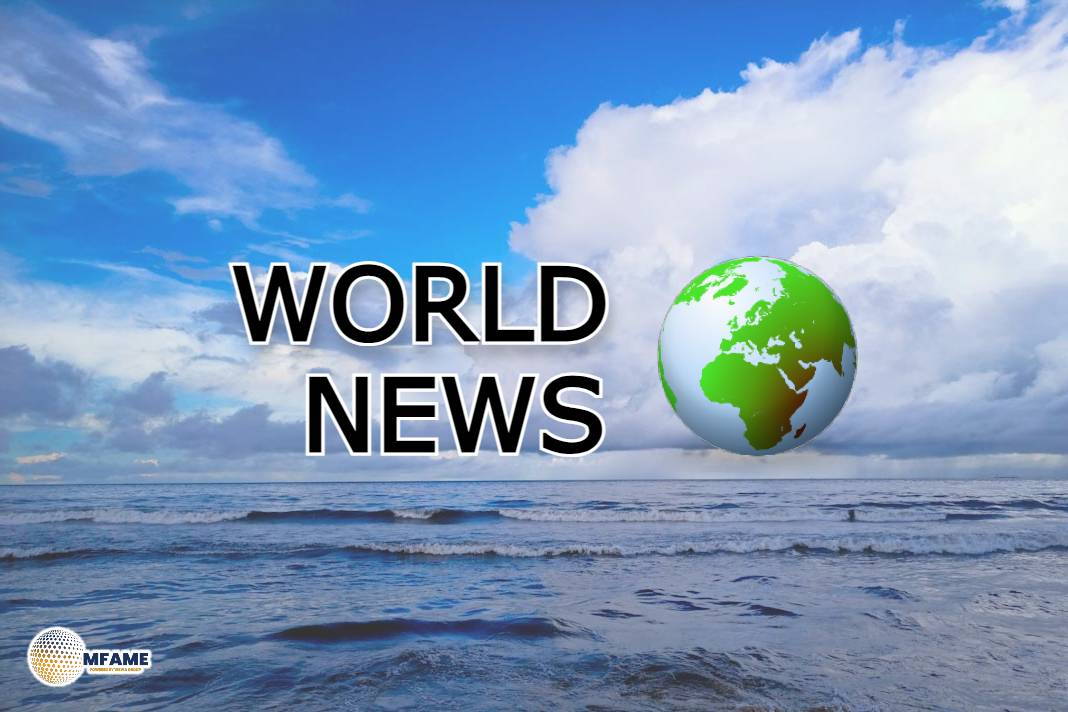President Donald Trump has agreed to hold off imposing 25% tariffs on Canada and Mexico for 30 days, pulling the North American neighbors back from the brink of a potentially damaging trade war, reports BBC.
Negotiations Begin
After last-minute calls with Trump, Canadian Prime Minister Justin Trudeau agreed to reinforce his country’s border with the US to clamp down on migration and the flow of the deadly drug fentanyl.
Earlier, Trump made a deal with Mexican President Claudia Sheinbaum. She agreed to reinforce the northern border with troops. In return, the US would limit the flow of guns into Mexico.
But a US tariff of 10% on Chinese imports has come into effect after a deadline of 00:01 EST (05:00 GMT) on Tuesday passed.
Shortly after, Beijing announced it was imposing retaliatory tariffs on a raft of American products, including 15% on coal and liquefied natural gas and 10% on crude oil and agricultural machinery.
Enhanced Coordination
Trudeau said Canada was implementing a $1.3bn (£1bn) border plan that included nearly 10,000 frontline workers and more resources to halt the flow of fentanyl, a synthetic drug 50 times stronger than heroin, which Trump has cited as a major concern.
The prime minister also said Canada would appoint a “fentanyl czar” and launch a joint strike force with the US to combat crime, fentanyl, and money laundering. Much of the border security plan had already been announced by Canada in December.
It includes enhanced coordination with US law enforcement, increased information sharing, limiting traffic at the border, and the deployment of drones and Black Hawk helicopters for surveillance.
The news came just hours after Trump paused a separate tariff on Mexican goods in exchange for that country sending 10,000 National Guard troops to its border with the US. President Sheinbaum broke the news on X, writing she had had a “good conversation with great respect for our relationship and sovereignty” with her US counterpart.
Trump described his phone conversation with the Mexican leader as “very friendly”. In 2019, Mexico’s government agreed to send 15,000 soldiers to its northern frontier to avoid tariffs from the first Trump administration.
Economic Growth
Trump has framed tariffs as a tool for growing the US economy, protecting jobs, and raising tax revenue. “Tariffs for us, nobody can compete with us because we’re the pot of gold,” he said on Monday afternoon. “But if we don’t keep winning and keep doing well, we won’t be the pot of gold.”
Economists, however, have warned that tit-for-tat tariffs could raise prices for a wide range of products, including cars, lumber, steel, food, and alcohol.
Items had already been removed from some shelves, and stock markets lurched downwards on Monday before recovering slightly with the announcement that tariffs had been suspended.
The premier of Ontario – Canada’s most populous province, which makes up about 38% of the country’s GDP – welcomed the pause and said he would suspend plans for retaliatory measures.
Premier Doug Ford wrote on X: “Make no mistake, Canada and Ontario continue to stare down the threat of tariffs.
“Whether it’s tomorrow, in a month or a year from now… President Trump will continue to use the threat of tariffs to get what he wants.”
On Sunday, Trump indicated the 27-nation European Union would be his next target for tariffs, without providing further details. The American president suggested that Britain, which left the EU in 2020, might be spared many duties.
Did you subscribe to our daily Newsletter?
It’s Free Click here to Subscribe!
Source: BBC

























